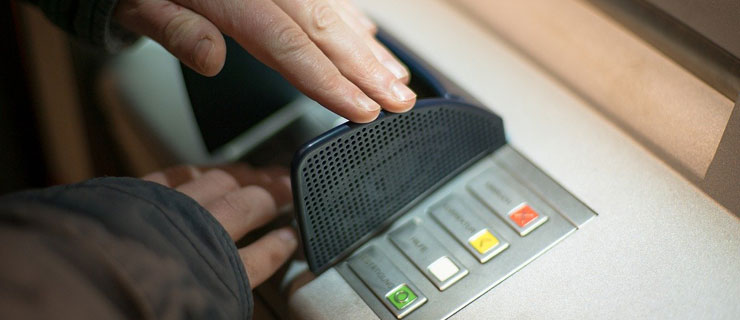Let’s learn the most common techniques used by con artists and how to avoid them. For starters, in case of loss, misplacement or theft of the card, contact the issuing entity or the bank itself. To facilitate the notification, always have your card number and associated account number at hand, as well as the name of the issuing entity.
Essential Safety Tips
- When you are waiting for the arrival of your new card, be aware of the deadline indicated by the bank. If it doesn’t arrive by the due date, contact the issuing entity to let them know. When you have your card, sign it as this is a way of identifying the legitimate holder, and then destroy it when it reaches the expiry date.
- Memorize the code that comes with the card (PIN), don’t disclose it to third parties and avoid keeping it in your wallet. If you need to write down the code, do not do it on your phone or on something that is close to the card, as those are the first places the con men will be looking for. Try to write it down covertly or, if you have a good memory, just memorize it.
- When making a payment, do not lose sight of your card and make sure that it passes through single equipment, so as not to be cloned. If the terminal asks to repeat the operation, only do so if the terminal displays a message saying the previous one was canceled. Always require proof of purchase.
- When at the ATM, make sure no one else can see the PIN. If the machine happens to look different from the usual or appears to have been vandalized, do not use it as it may have been “adapted”. If the card gets stuck in the ATM, contact the proper entities immediately.
- If you are going to purchase something online, be prudent, shopping only on credible establishments. If the website being used for the purchase is secure, a padlock will be displayed on the top left of the page (1st thing in the URL bar) and its address will start with “https”. When you order something, make sure to save or even print the order confirmation, you may need it in the future. Do not disclose any data about your card or personal information by phone or email, you may be in the middle of a phishing scam. Payments through virtual temporary cards issued by the online bank, with a credit limit, are also safe. Other options are PayPal or similar reputable apps.
If you get an email message, apparently from the card issuer, asking you to access a particular link, ignore it. These emails allow third parties to access confidential information and withdraw money from your account. Never give away your card info to anyone you don’t know or trust.
